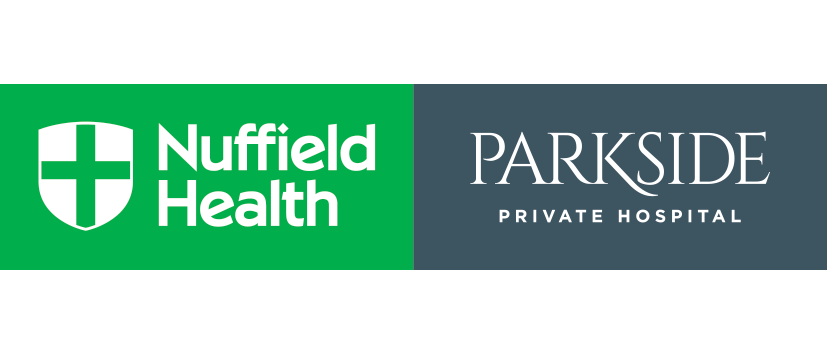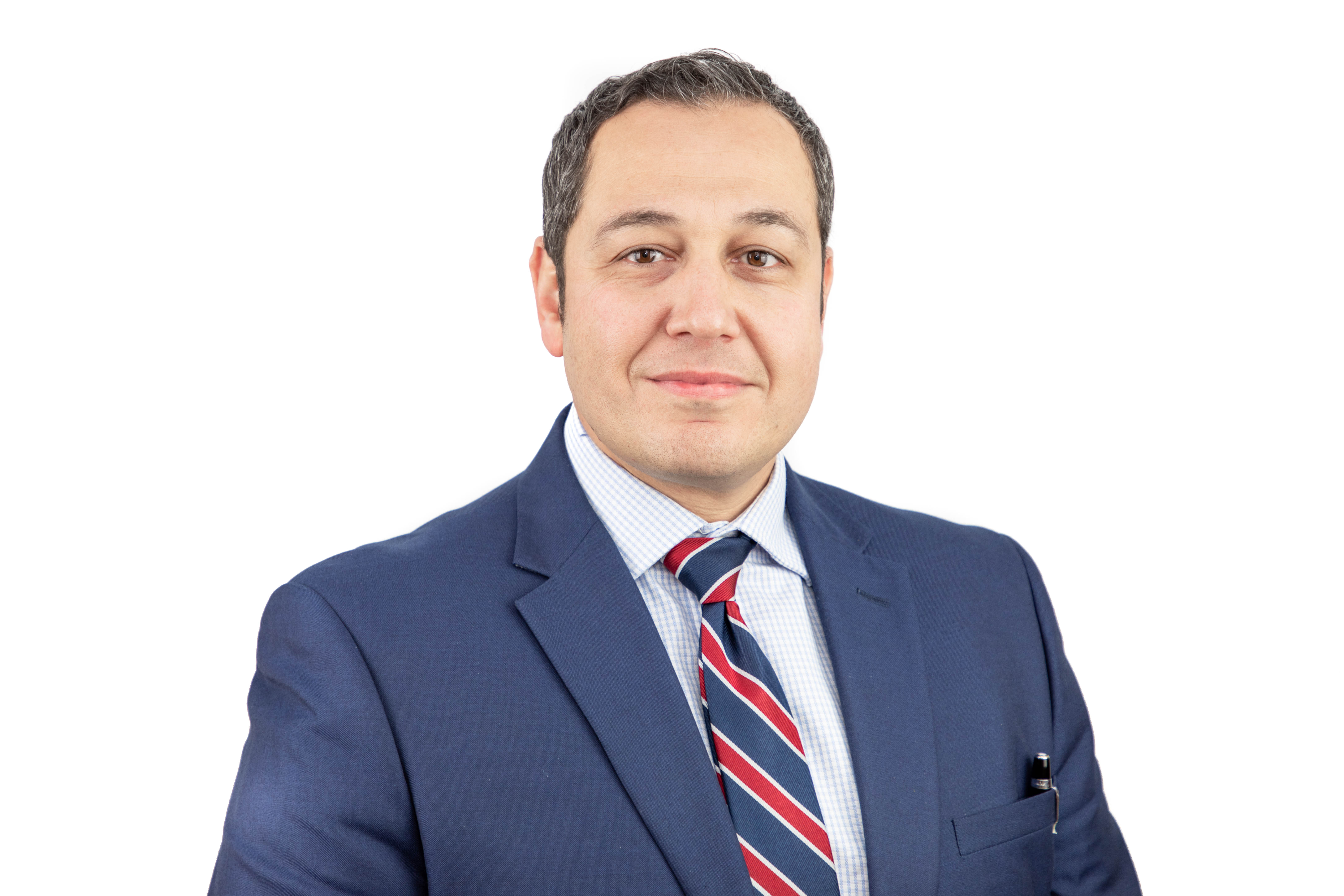Hip Pain and Surgery
The hip is known as a ‘ball and socket joint’ and is one of the largest joints in the body. When standing, walking or running it supports the upper body and assists in movements such as bending and stretching. The joint is held together by strong bands known as ligaments which are lubricated to reduce friction. Cartilage surrounds the joint, adding support and reducing the chance of the bones rubbing together.
Causes of hip pain
Along with a fracture there are two other conditions which are the most common causes of hip pain:
- Osteoarthritis – this is where the cartilage inside a hip joint becomes worn, leading to the bones rubbing against each other.
- Rheumatoid arthritis – this is where the immune system mistakenly attacks the lining of the joint which results in pain and stiffness.
Non-surgical options
Medication
- Oral painkillers such as anti-inflammatory drugs
- Steroid injections
- Pain-relieving gels and creams
For pain caused by rheumatoid arthritis, disease-modifying medication can be effective; it works on the immune system to block the underlying processes.
Physiotherapy
The hip joint is surrounded by almost 30 muscles and physiotherapy can help to strengthen these to increase flexibility, maintain a wide-range of movements and decrease inflammation; as a result it may improve symptoms. It is particularly useful post-hip operation.
Surgical options
There are three surgical procedures used to relieve hip pain:
Hip resurfacing
This is sometimes an alternative to a hip replacement and involves removing the upper surfaces of two areas – the femur (thigh bone) and the cavity in the pelvis where the femur sits. The surfaces are then replaced with metal. It is a less invasive operation than a hip replacement and recovery time is shorter. Strong bones are essential, so this procedure is not suitable for anyone over 65 or women who have gone through menopause.
Hip arthroscopy
In some cases hip impingement can be treated by an arthroscopy. This uses a key-hole technique which allows any damage to the cartilage to be corrected. In some cases it can reduce the chances of developing osteoarthritis.
Hip replacement
This is considered when the joint has been severely weakened, damaged or worn out and the pain cannot be adequately managed by physiotherapy or medication. The procedure normally takes between an hour and an hour and a half. The damaged ball and socket is replaced with an artificial version. It is normal to stay in hospital for up to seven days after the procedure and crutches or walking sticks will be needed for a few weeks. Regular exercise and physiotherapy will help recovery time. An artificial hip will wear out over time and will feel different, but it is seen as a good option for those in severe pain and with limited movement.
This page is intended for information purposes only and should not replace advice that your relevant health professional would give you.
Hip Pain and Surgery Consultants
Qualifications
MS(Orth) MCh(Orth) FRCS(Orth)
Clinical Interests
Mr Adhikari is a leading Orthopaedic Knee Surgeon with over 20 years experience based in SW London. He deals with surgical...
Qualifications
MS(Orth) MCh(Orth) FRCS(Orth)
Clinical Interests
Mr Adhikari is a leading Orthopaedic Knee Surgeon with over 20 years experience based in SW London. He deals with surgical...
Qualifications
MB BS FRCS (ENG) FRCS (Orth)
Clinical Interests
Hip and knee replacement surgery
Revision surgery following implant failure
Infected hip and knee replacements
Mako...
Qualifications
MB BS FRCS (ENG) FRCS (Orth)
Clinical Interests
Hip and knee replacement surgery
Revision surgery following implant failure
Infected hip and knee replacements
Mako...
Qualifications
MBBChir BMedBiol FRCS(Orth)
Clinical Interests
Hip replacement
Arthroscopic hip surgery
Knee replacement
Unicompartmental knee replacement
Arthroscopic knee surgery
Meniscal repair
ACL...
Qualifications
MBBChir BMedBiol FRCS(Orth)
Clinical Interests
Hip replacement
Arthroscopic hip surgery
Knee replacement
Unicompartmental knee replacement
Arthroscopic knee surgery
Meniscal repair
ACL...
Qualifications
MB BCh BAO MMedSc (Anatomy) FRCSI (Trauma)
Clinical Interests
Hip and knee surgery, including joint replacement surgery
Knee ligament reconstruction
Pelvic and acetabular and complex...
Qualifications
MB BCh BAO MMedSc (Anatomy) FRCSI (Trauma)
Clinical Interests
Hip and knee surgery, including joint replacement surgery
Knee ligament reconstruction
Pelvic and acetabular and complex...
Qualifications
MB BS BSc(Hons) FRCS(Orth) FRCS
Clinical Interests
Hip and knee replacement, revision hip and knee replacement and knee arthroscopy.
Qualifications
MB BS BSc(Hons) FRCS(Orth) FRCS
Clinical Interests
Hip and knee replacement, revision hip and knee replacement and knee arthroscopy.
Clinical Interests
Total hip replacement
Knee replacement
Knee arthroscopy
Fracture fixation
Complete management of traumatic and sports...
Clinical Interests
Total hip replacement
Knee replacement
Knee arthroscopy
Fracture fixation
Complete management of traumatic and sports...
Qualifications
MBBCh, MS (Ortho), FRCS
Clinical Interests
Trauma surgery (upper and lower limbs)
Hip and pelvis reconstruction
Hip arthroplasty
Knee replacement
Foot and ankle...
Qualifications
MBBCh, MS (Ortho), FRCS
Clinical Interests
Trauma surgery (upper and lower limbs)
Hip and pelvis reconstruction
Hip arthroplasty
Knee replacement
Foot and ankle...
Qualifications
FRCSOrth FRCSEd
Clinical Interests
Hip surgery, lower limb joint replacement and revision surgery.
Qualifications
FRCSOrth FRCSEd
Clinical Interests
Hip surgery, lower limb joint replacement and revision surgery.








